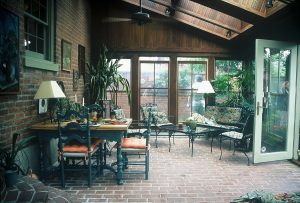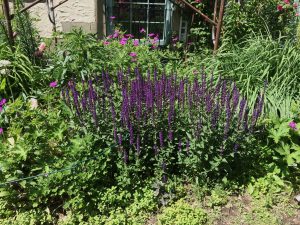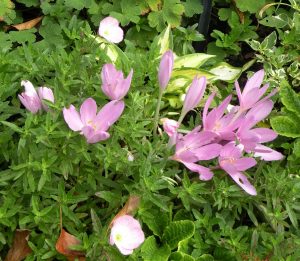 This week, I flew to Omaha, Nebraska to speak at the Nebraska Great Plains Conference, sponsored by the Nebraska Landscape and Nursery Association. I made it there with no flight delays but many of the Nebraskans did not. Nebraska was assaulted with a blizzard on Monday. Particularly hard hit was the northern part of the state and with the highways unplowed, many potential attendees couldn’t get there. Thankfully, by the time I flew in on Tuesday, the roads were clear, at least in Omaha.
This week, I flew to Omaha, Nebraska to speak at the Nebraska Great Plains Conference, sponsored by the Nebraska Landscape and Nursery Association. I made it there with no flight delays but many of the Nebraskans did not. Nebraska was assaulted with a blizzard on Monday. Particularly hard hit was the northern part of the state and with the highways unplowed, many potential attendees couldn’t get there. Thankfully, by the time I flew in on Tuesday, the roads were clear, at least in Omaha.
I had been invited to speak by the association president, Marti Neely, a certified member of APLD (Association of Professional Landscape Designers), a former president of APLD, and a good friend of mine. She treated us both to an excellent pizza dinner at which time I became acquainted with her husband John who is also a Big Ten sports nut and their two well-behaved dogs. We spent the rest of the evening reminiscing about APLD conferences and exchanging notes on landscape design.

Holding hands

Earth tones of brick and orange are the dominant colors of this porch.

Hostess wearing dominant color
Wednesday morning, I spoke to the design track attendees twice. The first lecture was “A Happy Marriage: Integration of House and Landscape” in which I explained how to repeat architectural lines and details from the house and put them into the landscape so that the house and landscape blend into one entity. It is important to remember that the landscape should feel like an extension of the house. it’s a bit like holding hands. It can also be accomplished with the use of color. At one house and landscape I visited on a tour, the hostess/owner went so far as to wear the dominant color of her house and landscape.

Intensity of color with Geranium psilostemon and Salvia ‘Caradonna’

Colchicum in Oenothera berlandieri

Eryngium planum ‘Blaukappe’ in bloom

Eryngium ‘Blaukappe’ deadheads
The second lecture was “The New Perennial Garden: Design and Maintenance”, a discussion of how perennial garden design has changed since I started designing them forty years ago. The salient changes are the demand for more color intensity, more emphasis on foliage and multi-seasonal interest in the same space, selection for deadheads as well as bloom, and interest in sustainability, exemplified by xeriscapes, meadows and prairies, and rain gardens.
In both lectures, I was gratified to see people nodding their heads in agreement and taking notes. I also had the opportunity to lunch with some of the attendees and talk about design and plants.
Next week, I’m off to the Northwest for a series of talks in Salem and Portland, Oregon and in Seattle at the Northwest Flower and Garden Show.


0 Comments